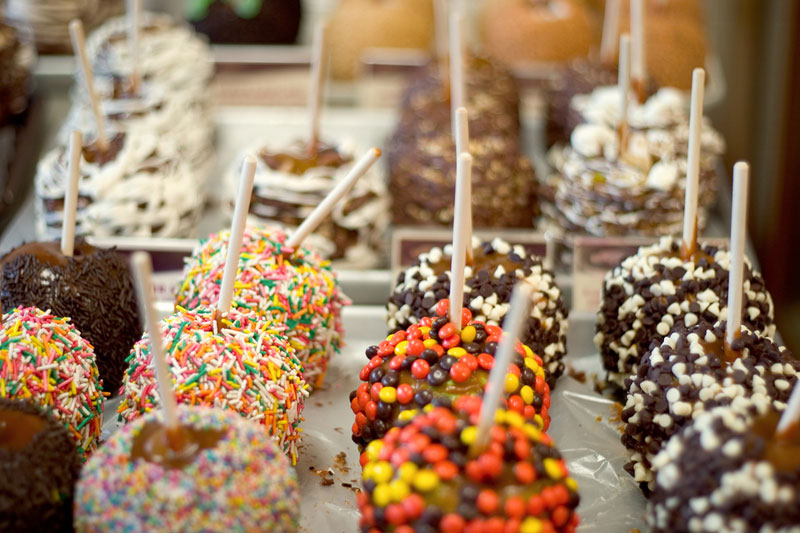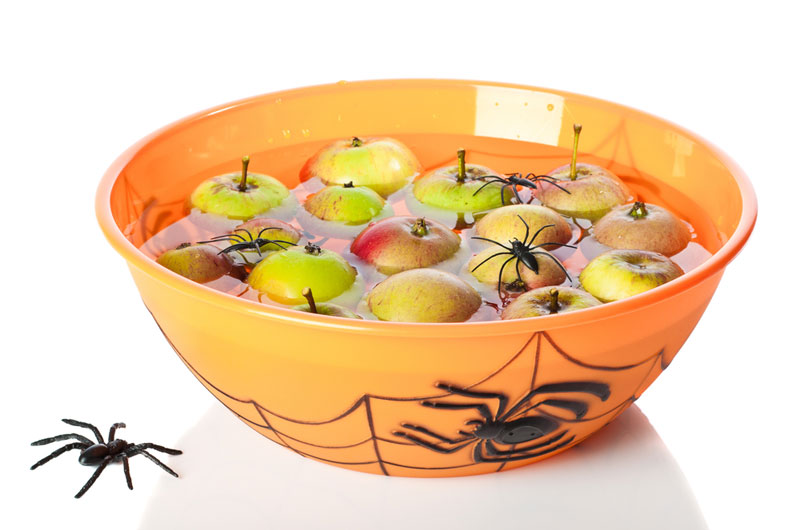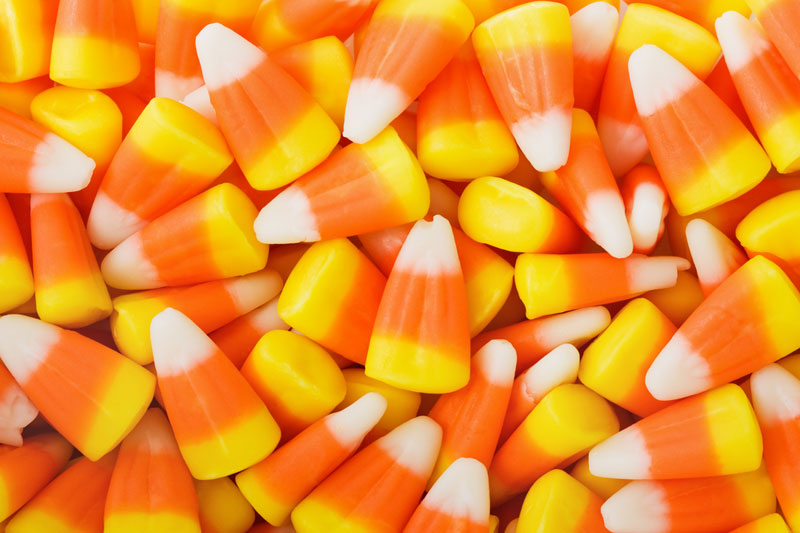13 Halloween Superstitions & Traditions Explained
Candy Apples

Candy apples are popular Halloween treats, and the sugary fruit on a stick was handed out during the early days of trick-or-treating in North America — before concerns over unwrapped candy became an issue. Today, candy apples can be covered in caramel or chocolate with nuts, as well as in the classic, shiny red syrup.
The fusion of Celtic and Roman traditions is behind Halloween's candy-apple staple. Samhain was around the time of the Roman festival honoring Pamona, the goddess of fruit trees. The goddess is often symbolized by an apple, so the fruit became synonymous with Samhain celebrations of the harvest.
Bobbing for Apples

In ancient times, the apple was viewed as a sacred fruit that could be used to predict the future. Bobbing for apples is one of the traditional games used for fortune-telling on Halloween night. It was believed that the first person to pluck an apple from the water-filled bucket without using their hands would be the first to marry.
If the bobber lucked out and caught an apple on the first try, it meant that they would experience true love, while those who got an apple after many tries would be fickle in their romantic endeavors. Another myth was that if a girl put her bobbed apple under her pillow on Halloween night, she would dream about her future husband.
Candy Corn

The candy most synonymous with Halloween, candy corn was invented in the late 1880s and began to be mass-produced in the early 1900s. The original process for making candy corn was cumbersome and time-consuming, as each color of syrup had to be heated up in large vats and carefully poured by hand into specially shaped molds.
But the yellow, orange and white candy — meant to resemble a corn kernel — was a huge hit and remains a popular part of Halloween to this day. [Halloween Health: The Best & Worst Trick-or-Treating Candy]
Sign up for the Live Science daily newsletter now
Get the world’s most fascinating discoveries delivered straight to your inbox.
Why is yawning contagious?
Scientific consensus shows race is a human invention, not biological reality










